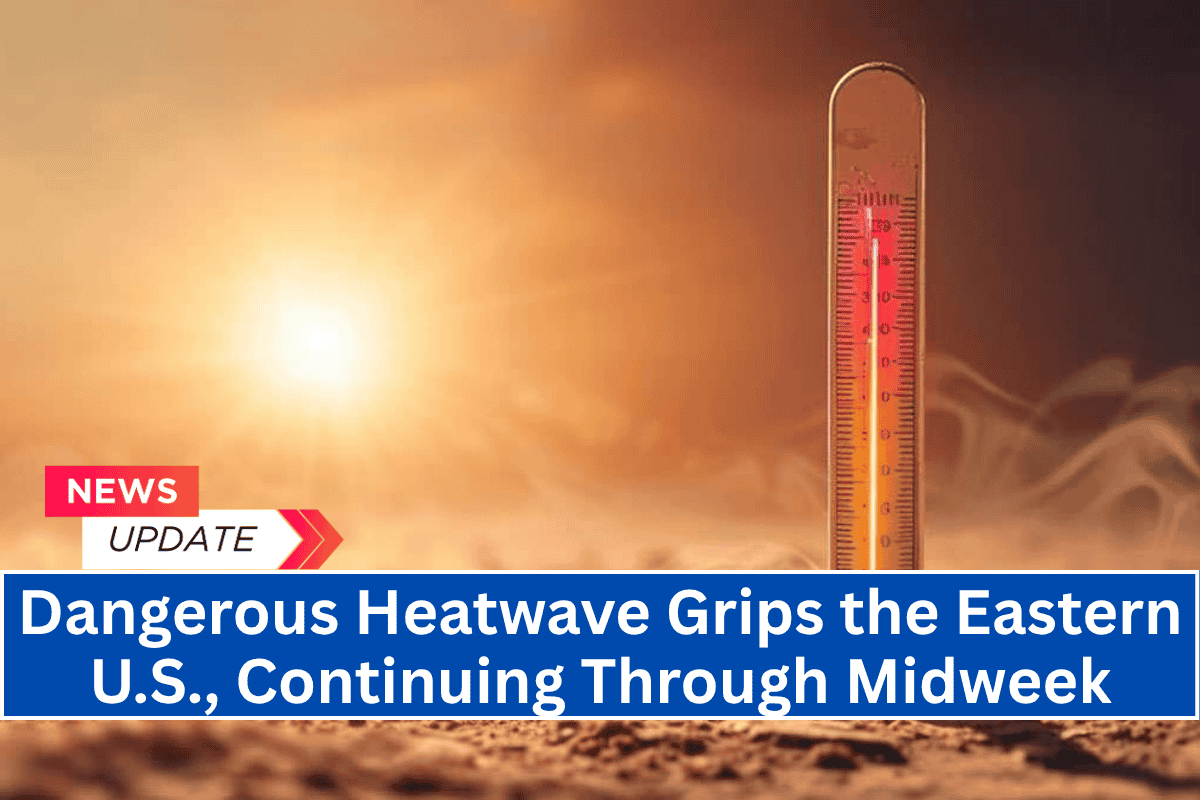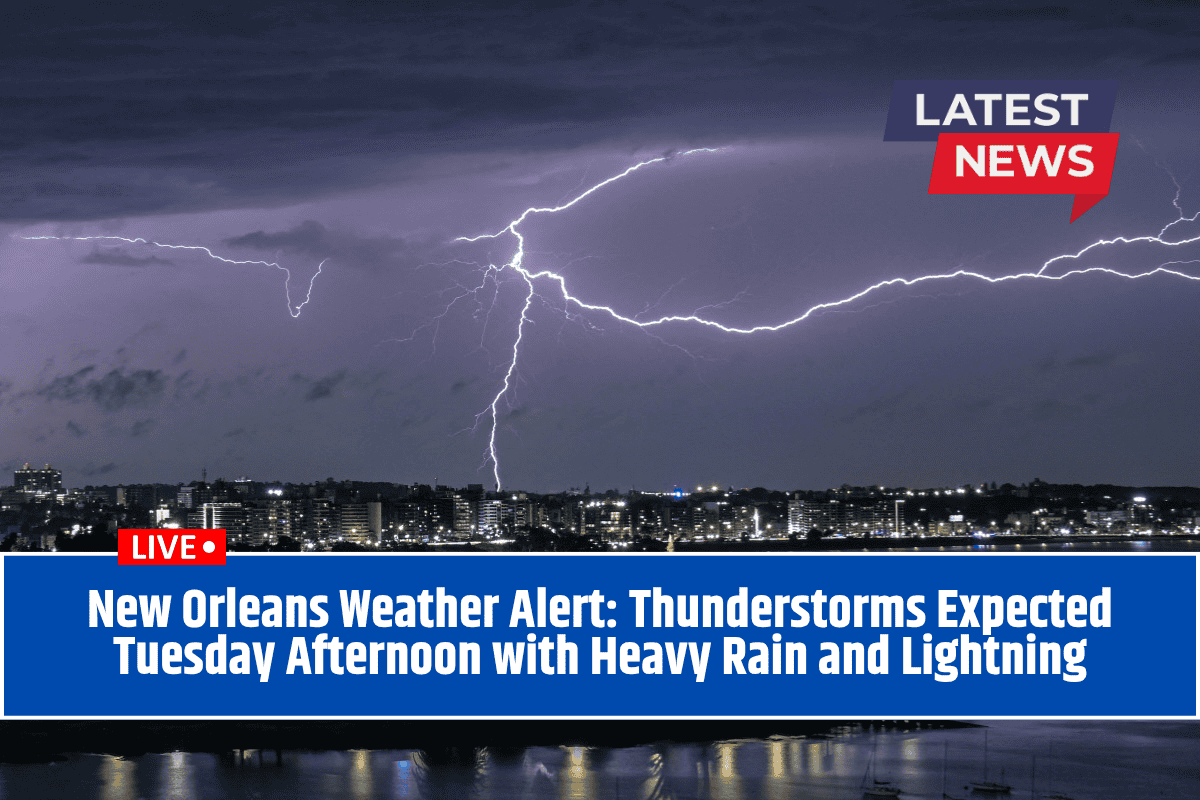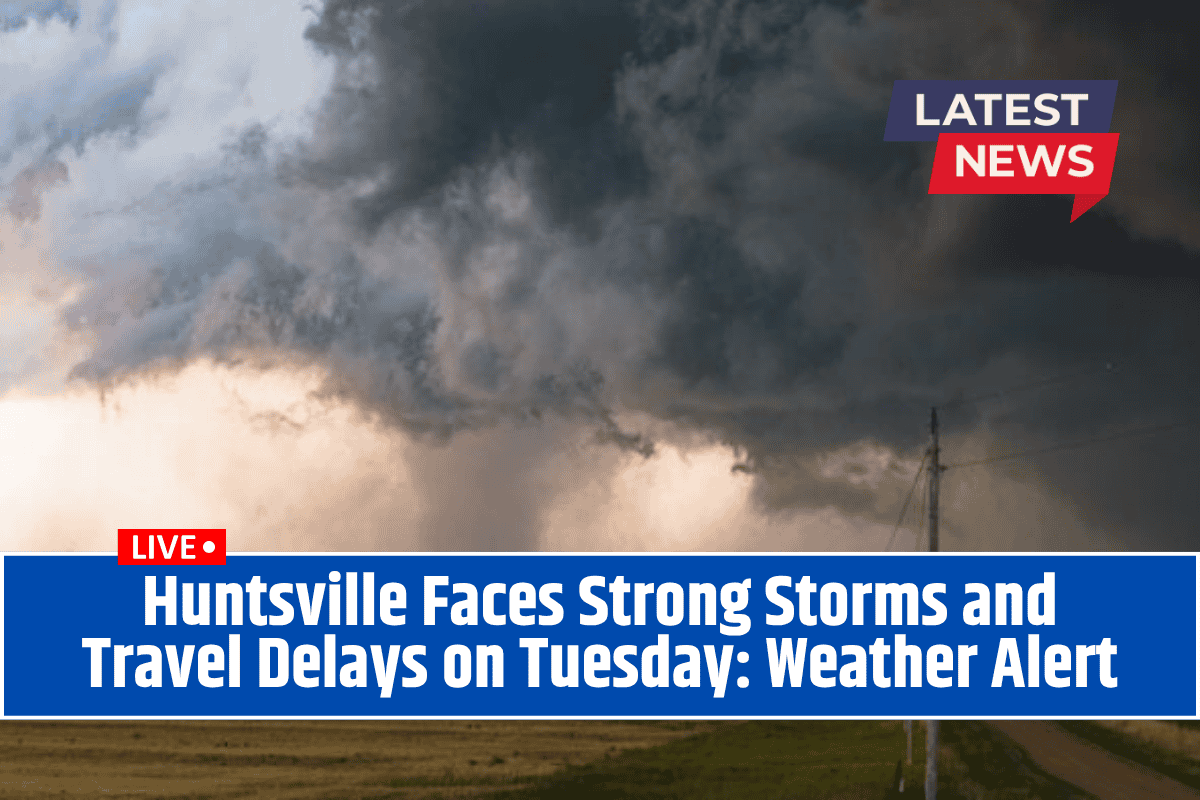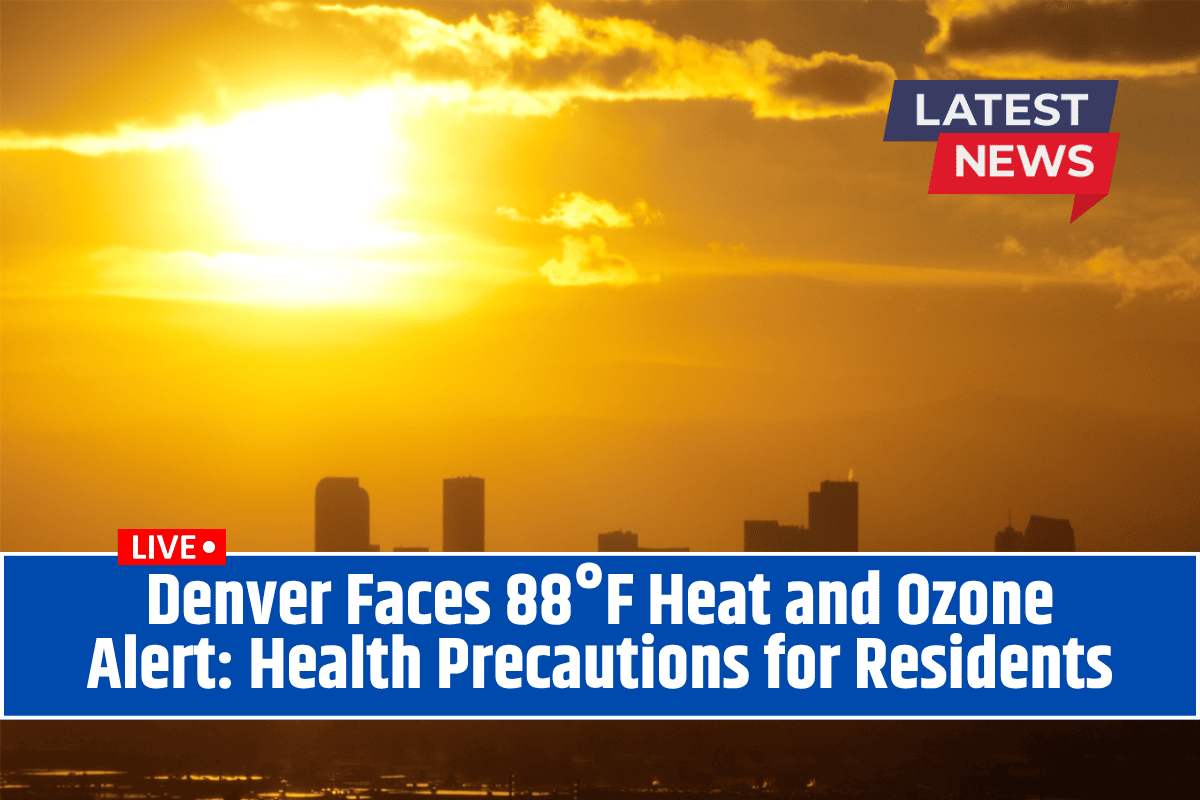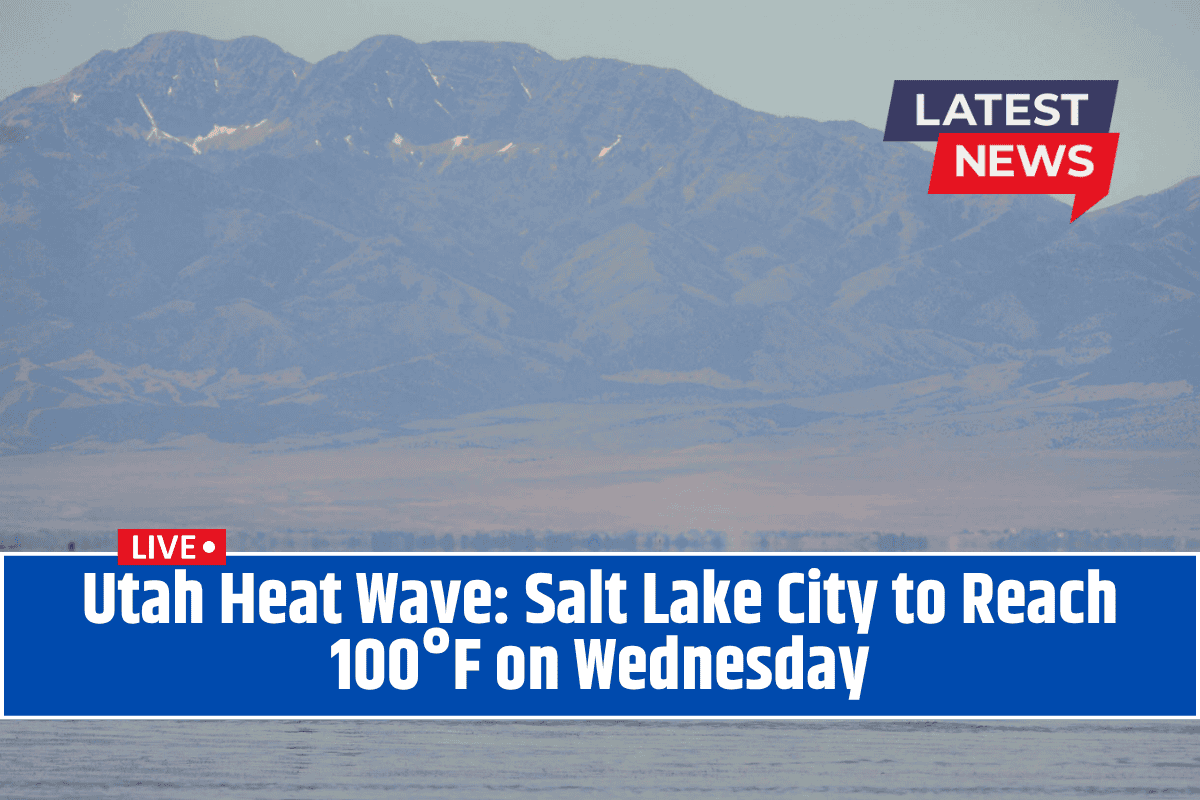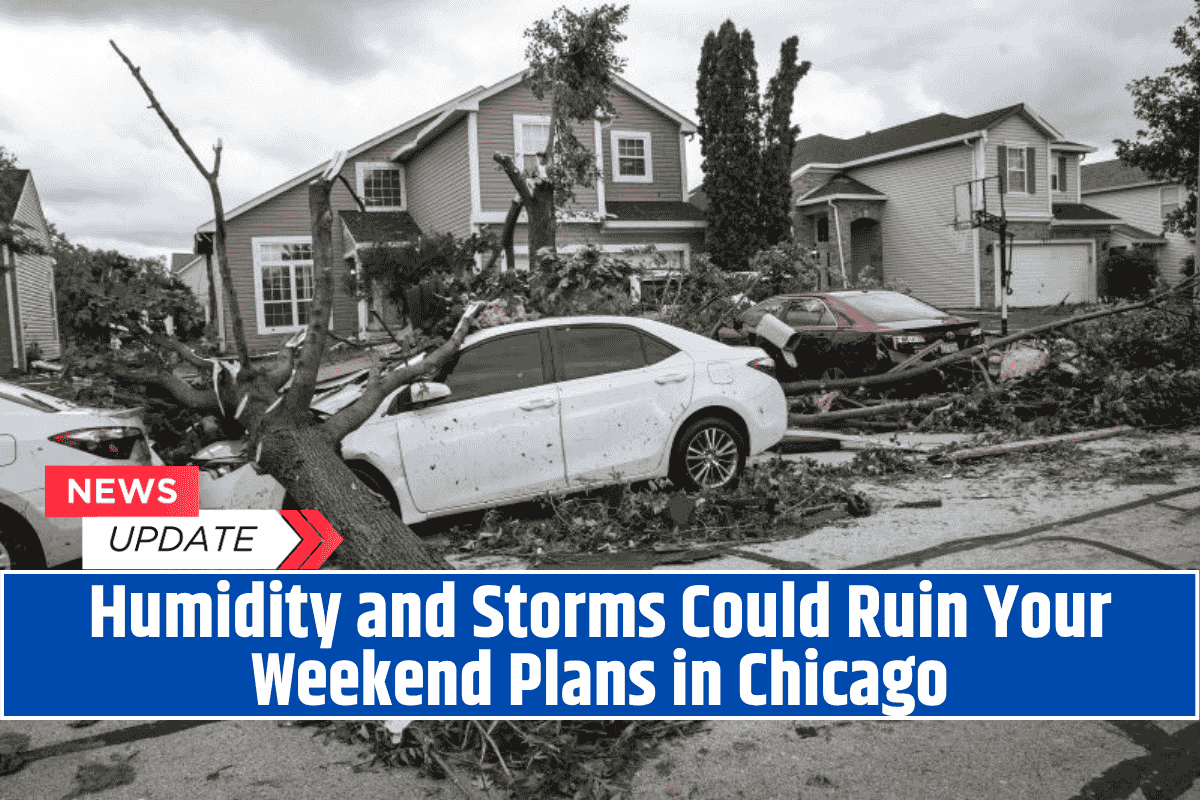The eastern half of the United States is sweltering under a rare and intense heatwave, with temperatures soaring to dangerous levels. Tens of millions of people in the Midwest and East Coast are enduring this extreme heat, which is expected to last well into the upcoming week.
The heatwave is part of a larger weather system called a “heat dome,” where a large area of high pressure traps heat and humidity, making conditions uncomfortable and potentially life-threatening.
Heat Warnings Across the U.S.
From Minnesota to Maine, much of the northeastern U.S. is under heat advisories, with similar warnings in parts of Arkansas, Tennessee, Louisiana, and Mississippi. The National Weather Service has issued warnings for dangerous conditions lasting through Wednesday.
People are advised to stay hydrated, avoid prolonged exposure to the sun, and take frequent breaks when outdoors. Pets should also have access to water and shade to stay cool.
Thunderstorms in New York
While the heatwave continues, thunderstorms have also caused significant damage in New York State. On Sunday, severe storms brought heavy rain and downed trees, killing three people in Oneida County.
The storms caused widespread power outages, and Governor Kathy Hochul declared a state of emergency in 32 counties due to the severe weather and forecasted extreme heat.
Extreme Temperatures and Heat Indices
Sunday marked the second consecutive day of extreme heat in the Midwest and East Coast. In Chicago, the heat index reached 103°F (39.4°C), while in Madison, Wisconsin, it reached 101°F (38.3°C). In Philadelphia, the heat index on Monday was expected to top 108°F (42.2°C).
Other cities, such as Pittsburgh and Columbus, saw heat indices around 105°F (40.5°C), making outdoor activities increasingly dangerous.
Lynn Watkins, a day care director in Sun Prairie, Wisconsin, expressed her discomfort with the heat. She planned to cancel all outdoor activities at her day care on Monday as temperatures were expected to reach 93°F (33.8°C). Many others in affected areas are opting to stay indoors with air conditioning to avoid the extreme heat.
Philadelphia Declares Heat Emergency
In response to the dangerously high temperatures, Philadelphia declared a heat emergency through Wednesday evening. City officials have set up cooling stations at libraries, community centers, and other public spaces to provide relief for residents. A “heat line” has also been established to assist with health concerns related to the heat.
The East Coast Faces Steamy Conditions
Along the East Coast, the heat has been unbearable, with Rehoboth Beach in Delaware becoming crowded as people tried to get outdoors before it got too hot. Many beachgoers, like Vak Kobiashvili, shared that even their pets were avoiding the heat.
The hot and sticky weather is typical for the East Coast during summer, but this heatwave is making it feel even worse.
In Connecticut, the heat index reached 105°F (40.5°C) on Sunday, affecting the final round of the PGA Travelers Championship. Spectators at the event sought refuge under trees and air-conditioned benches, with many lining up for water to stay hydrated.
The Heat Continues This Week
The heat is expected to persist through the coming days, with the highest temperatures shifting eastward. New York City is forecast to see highs of around 95°F (35°C) on Monday and Tuesday, while Boston could experience temperatures nearing 100°F (37.7°C) on Tuesday. Washington, D.C. is also bracing for highs of 100°F (37.7°C) on Tuesday and Wednesday.
Although such extreme temperatures are typical for mid- to late summer, this heatwave is unusual because it is affecting such a large portion of the U.S. from the Rockies to the East Coast. The widespread impact of the heat and humidity has made this heatwave stand out as particularly intense for June.
This ongoing heatwave serves as a reminder of the importance of staying prepared for extreme weather. As temperatures soar across the eastern U.S., it’s crucial to stay hydrated, avoid outdoor activities during the hottest parts of the day, and seek shelter in air-conditioned spaces when possible.
With the heat expected to last through midweek, it’s important to take precautions to stay safe in these dangerous conditions.
